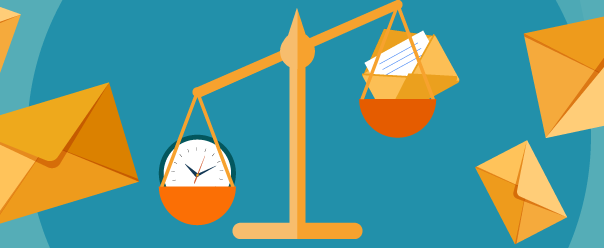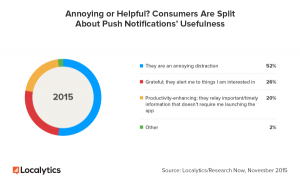
When does the extra email become one too many? Or are you missing out on opportunities by not sending enough? Frequency is probably the most subjective area in email marketing, with too many email marketers using gut feel rather than hard data. Here’s our advice on frequency and getting the balance right for your business.
Is It the Frequency or Relevancy?
Firstly, you should look at the relevancy of your emails and what their value is to your customer. If you only send one email a month and the content is irrelevant to the recipient, then that is one email too many in their eyes. You will achieve some benefits of jolting them into remembering who you are, but each irrelevant email can leave them thinking ‘there’s nothing in these emails for me’.
Over time, these subscribers will stop opening your emails all together as their pre-conceived idea is that they are not for them. If you are thinking of using personalisation and dynamic content to tailor your emails, you’ll need to work hard to encourage in-active subscribers to open and engage with your emails again.
If It’s Relevant – More is Usually Better
The short term benefits of sending that one extra email (opens, clicks, conversions etc) will almost always out weight the short term losses (unsubscribes). We’re in a world where inboxes are busy and consumers have little time, so sending more emails is required to make sure your email is top of the list. However, this only applied if your email is of interest and benefits the recipient.
Time and again we see marketers who are far too careful with their sending frequency, and in reality they are missing out on extra revenue. In retail, if you’re running a sale then your subscribers are more than likely to be interested in hearing from you. Simply resending the email again, maybe with different spin on the message, to achieve an uplift in engagement and revenue.
Frequency Doesn’t Need To Be The Same For Everyone
Marketers have alot of responsibilities and we sometimes fall into the habit of setting general guidelines for all customers. Advanced email marketing platforms provide insight into who consistently, regularly, frequently and never opens your emails.
You should use this information to target active and inactive subscribers differently, with both frequently and content. Those who are actively in the market for your services right now should definitely get more emails than those who have not been active for years.
How To Test and Measure
We mentioned that data is the only true way to get a handle on email frequency. The challenge here is it takes time and effort to test. Time wise, frequency tests should be carried out over a three month period minimum to see any changes in behaviour, and in that time you have to manage the different test groups receiving the higher and lower frequency of emails.
If your test focuses on the increase in frequency then motivation to produce the extra creatives required can dwindle if you only have 10% of your customers in that group.
Digital & Social Articles on Business 2 Community(48)






